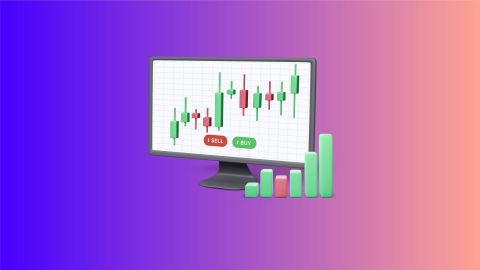What is the 200 day moving average?
A 200 day moving average (DMA) refers to the average price at which a stock has closed over the last 200 days. It is plotted as a line on a chart and goes higher or lower in tandem with the long-term movement in the stock, commodity, or some other security that is being tracked. The DMA is one of the key indicators used by traders and investors to gauge the overall market trends in the long term.
In general, moving averages (MA) are used as price trend indicators that help in understanding how prices have behaved over a certain period of time. The 200-day MA acts as an important support mechanism when price behaviour is unusual, such as when the price is above the moving average or below a certain resistance level.
200-Day moving average chart
The 200-day moving average is represented as a line plotted on a chart. It is often used in conjunction with other short-term MAs, such as the 50-day MA. This conjoined usage enables a more comprehensive understanding of the market trend as well as allows traders to examine the strength of a trend.
When the 50-day moving average is above the 200-day MA and crosses it at some point of time in the downward direction, it is called the “death cross”. This intersection signals the coming of a bearish trend of a stock or any security that is being tracked.
On the other hand, when the 50-day MA is below the 200-day moving average and crosses it in an upward direction, the stock is seen as “golden”. This means that the price of the security is bound to rise after the 50 DMA cuts the 200 DMA.





